Let’s make this one go viral folks, pumpkin tres leches is one of the best things to ever grace my kitchen counter.
Inspiration
Tres Leches is one of my all-time favorite desserts. I love the taste, the texture, and I love the Al Pastor tacos and Naranja Jarritos that precede it. Throw in your favorite Novella and you have yourself an authentic Mexican Restaurant experience. It is made by baking a sponge cake then soaking it is a mixture of cream, evaporated milk, and sweetened condensed milk, how can you go wrong with that.
In fact, when I did my oral presentation of my dissertation in graduate school I brought a tres leches can for the examiners to eat while I presented to them. Easiest questions I’ve ever had..
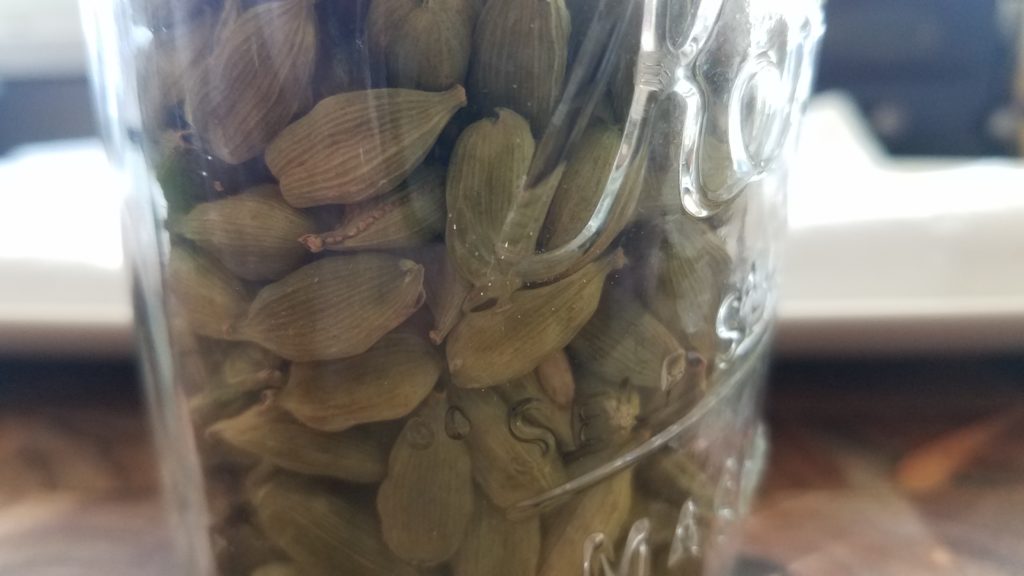
Whole cardamon ready to be roasted and ground.
In the US we love our Mexican food. Its been years now since salsa has become the top condiment in the US replacing ketchup. Good call people. I particularly love Mexican food, in almost all of its variations. I say almost all because I still struggle with Mole, it made me really sick once and I still haven’t forgiven it.
My love for Mexican food (at the expense of my waistline) comes from a lot of things in my life but primarily it comes from my high school days in South Texas. I lived about an hour and a half north of the Mexican border during school and would go to a bunk house on the ranch in the summer that was maybe 30 minutes north of the border. We had all the Mexican food you could want.
One of my favorite things was a Tex-Mex dish they call carne guisada. It is basically the Mexican flavored version of beef stew, but with fresh tortillas and a guacamole salad, it is amazing. It literally means cooked meat. But with the cumin, chilis, and garlic it turns in to a magic meal.
My adventures in Mexican food didn’t end with South Texas. I then served a two-year mission in the desert of Southern California, speaking only Spanish. During that two years, I gained a great appreciation for the Latin cultures. I got to know and love people from Mexico, Chile, Argentina, Guatemala, Columbia, Peru, Bolivia, and El Salvador. I got to try different foods from chicharrones to lengua, menudo to mole, and completos to empanadas.
Out of all of my experience came a truly deep respect and love for the flavors that Mexican and many other Latin foods provide to us. Honestly, what would I eat for my quick meal if it wasn’t for tacos, and my boys sure love their quesadillas (but who doesn’t)?
Que Pasa Calabasa…
My dad’s favorite Spanish phrase is “¿Que pasa calabasa? Nada nada límonada”. It means “What’s up pumpkin? Nothing nothing lemonade.” Makes no sense in English but seems super funny in Spanish.
If you look at the squash group of plants, pumpkins included, they are a New World crop. There weren’t squash in Europe until the Americas were settled.
Pumpkin is what makes fall so amazing. It spices up our Thanksgivings, makes amazing cookies, bread, soups, vinegar, and even creme brulee (coming I promise). Apparently, there is even a Great Pumpkin that does some awesome things according to Linus.
How to..
Start with a diet Dr. Pepper. That is the first step to any meal that takes some work in preparation. After all, you are only as good as your motivation.
Ok, now seriously. Start by preheating your oven to 325º F.
Cream eggs and sugar together in a mixer. This step is super important because you are creating a sponge cake that will be “open” to absorb the three milks of tres leches. The creaming incorporates air into your batter creating a fluffier texture. A word of caution though, over creaming can cause separation so there is a happy medium. A few minutes in a mixer is great.
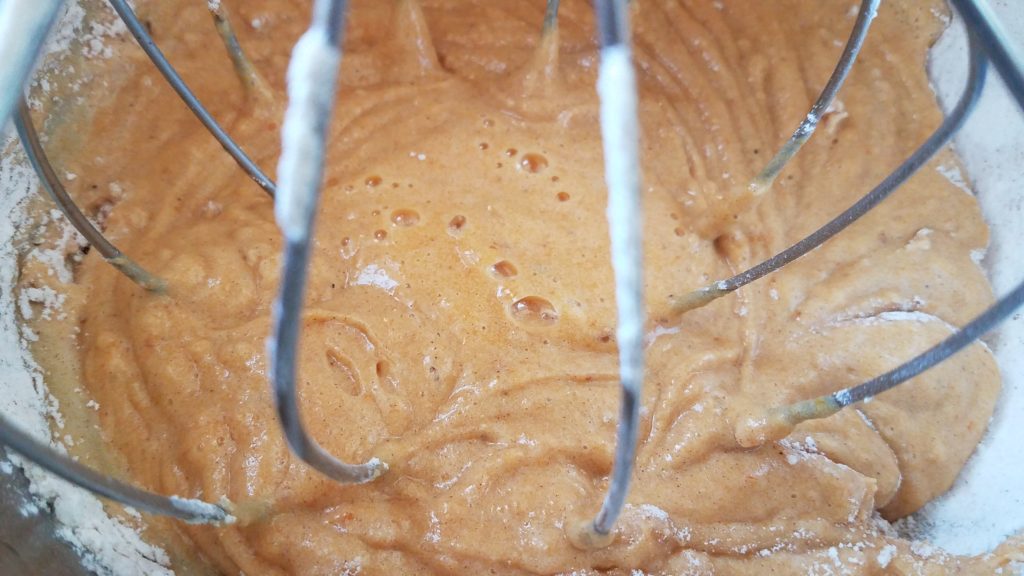
Mix flour, spices, and baking powder in a separate bowl.
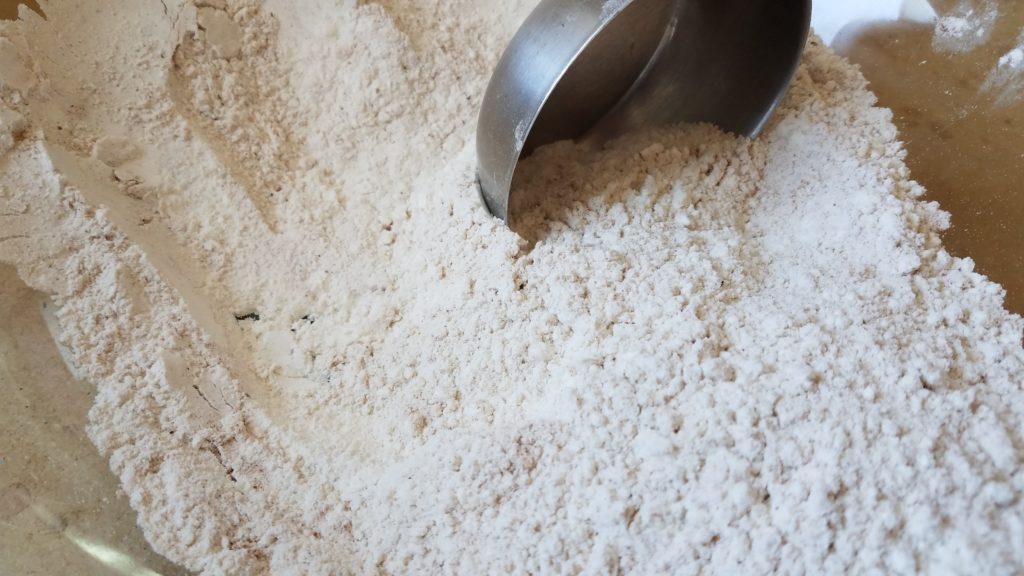
Add the pumpkin, vanilla to the sugar mix. Beat together.
In small doses add the dry ingredients (flour, etc.) to the wet (eggs, etc.). Mix it in just until combined.
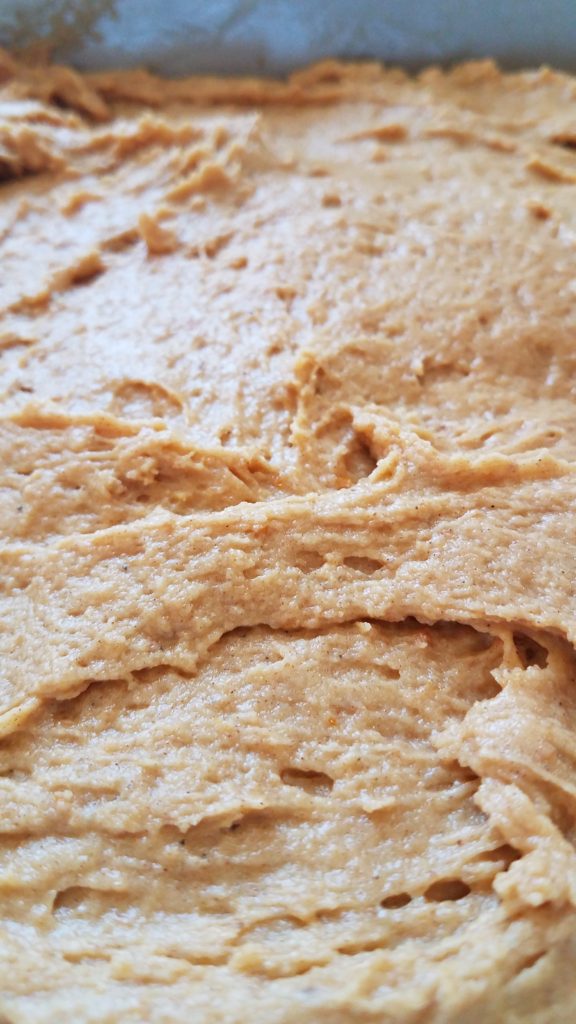
Place your batter in a 9×9 pregreased pan.
Bake for 30 min. Or until a toothpick comes out clean when inserted in the center.
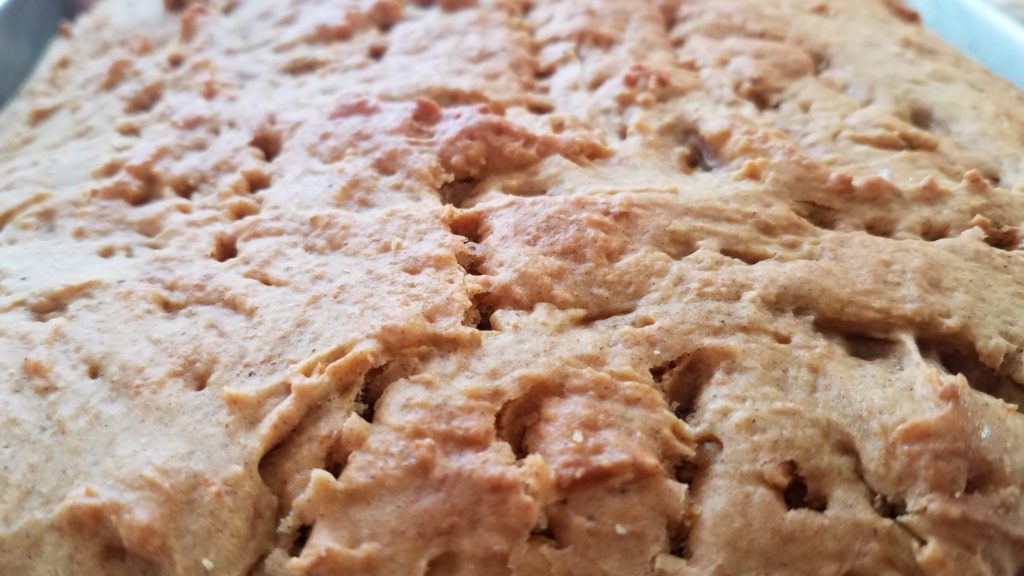
While it’s baking combine the cream, evaporated milk, and sweetened condensed milk. Whisk together.
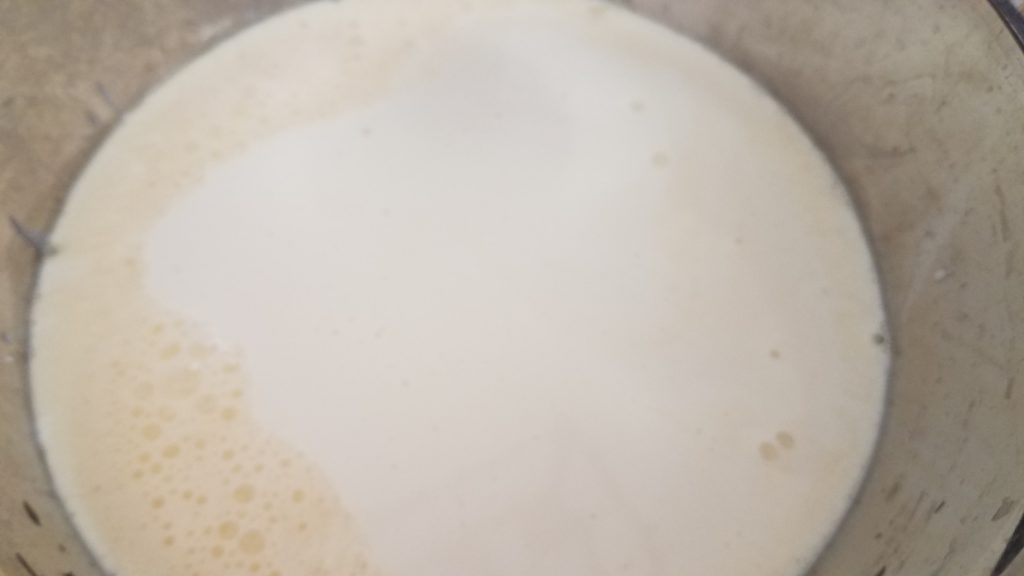
Cool cake until it’s easily touchable, then pierce it with a fork. That’s it take out all your frustration on that cake.
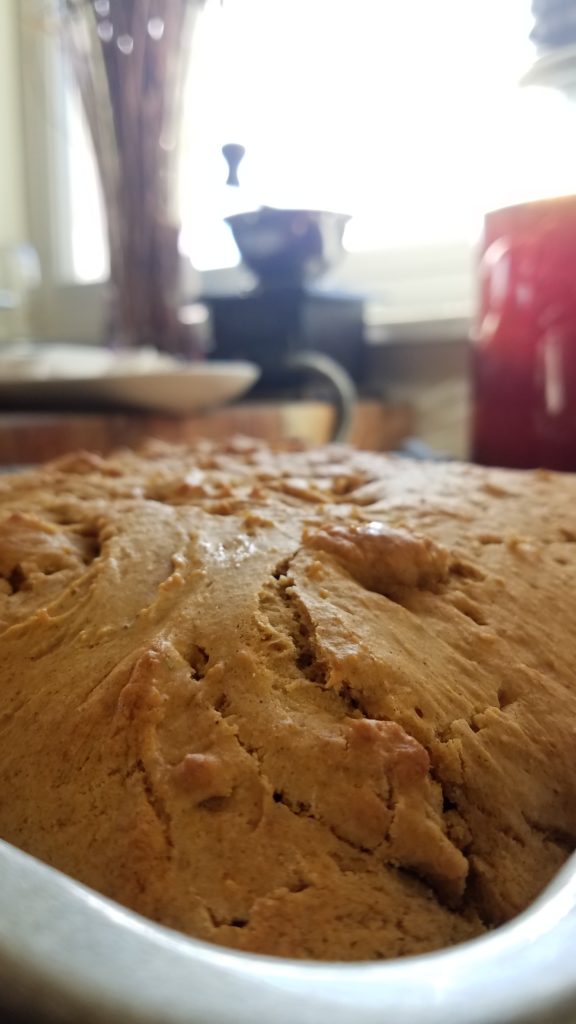
Pour the milk mixture over the cake and cover and refrigerate for 4 hours or overnight if possible.
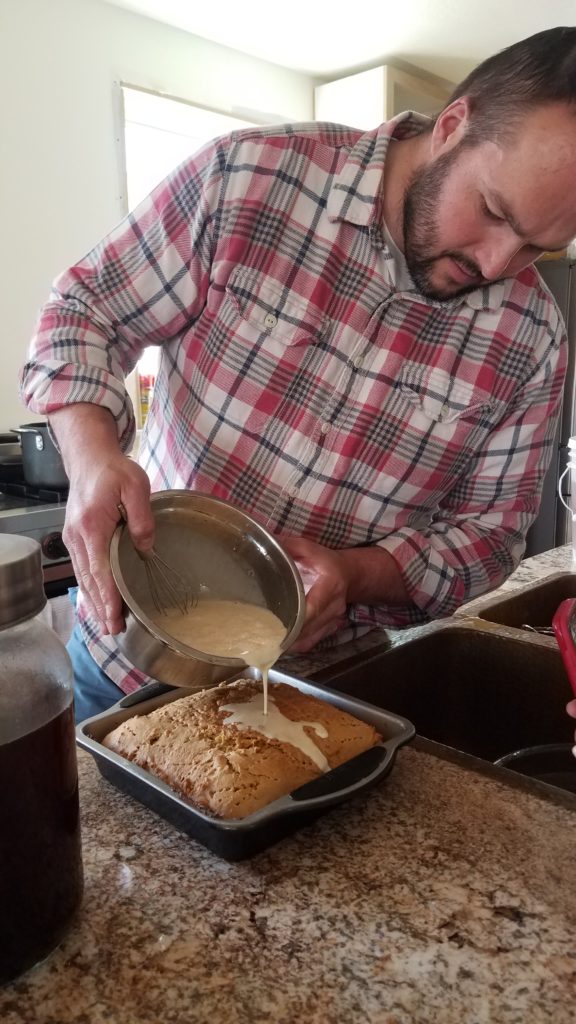
Serve however you like, but I like whipped cream and cinnamon on top.
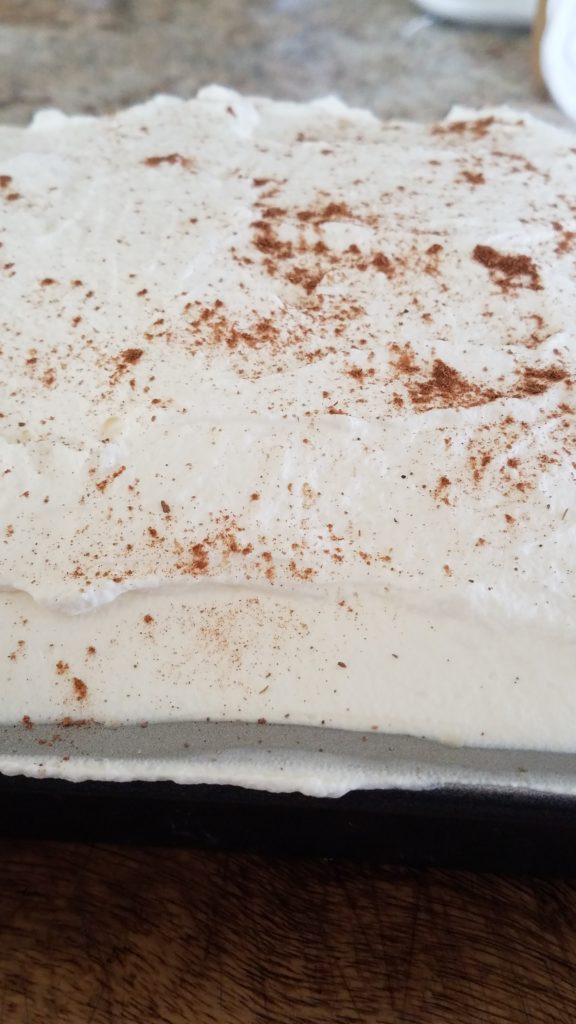
If you want to celebrate the fall in a novel way throw this amazing pumpkin tres leches in your list of fall dishes. Your family will thank you for it.
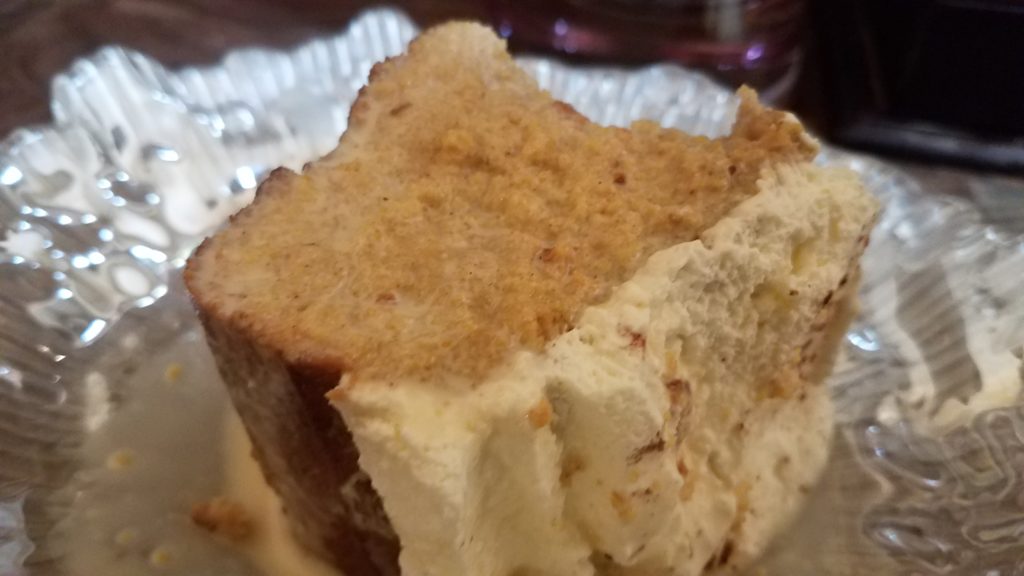
Pumpkin Tres Leches
Yum yum, pumpkin, fall, drooollll...
Ingredients
- 2 2/3 cup flour
- 3 tsp spice mix 2 parts cinnamon, 1 part cardamon, 1 part allspice, 1 part nutmeg
- 2 tsp baking powder
- 4 whole eggs
- 1 1/4 cup sugar
- 2/3 cup pumpkin puree
- 1 1/2 tsp vanilla
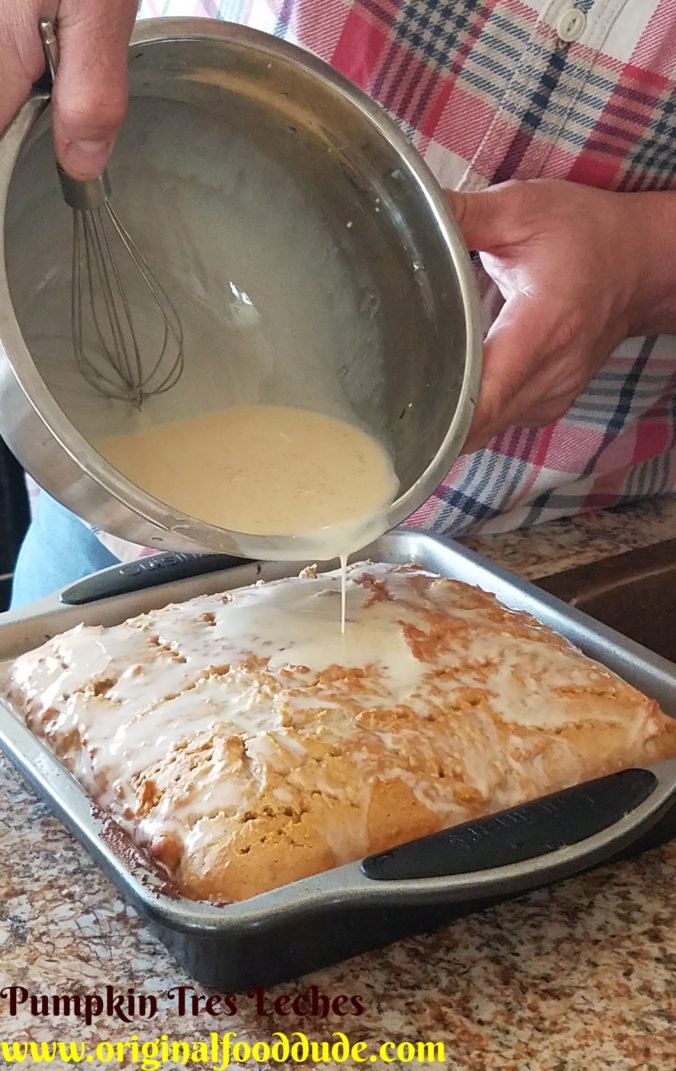

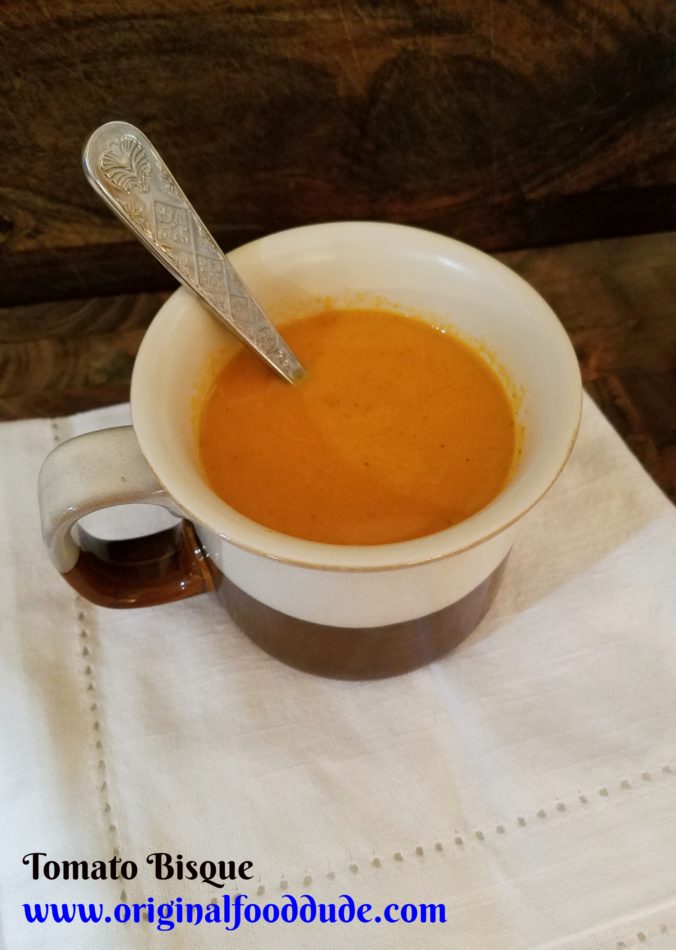
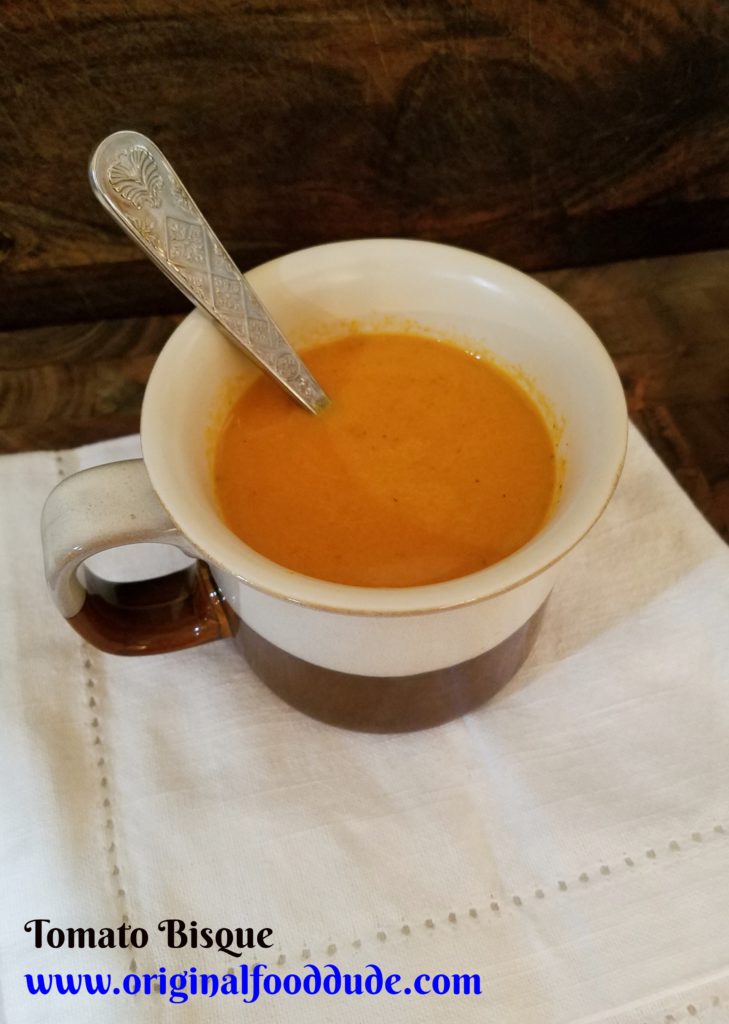
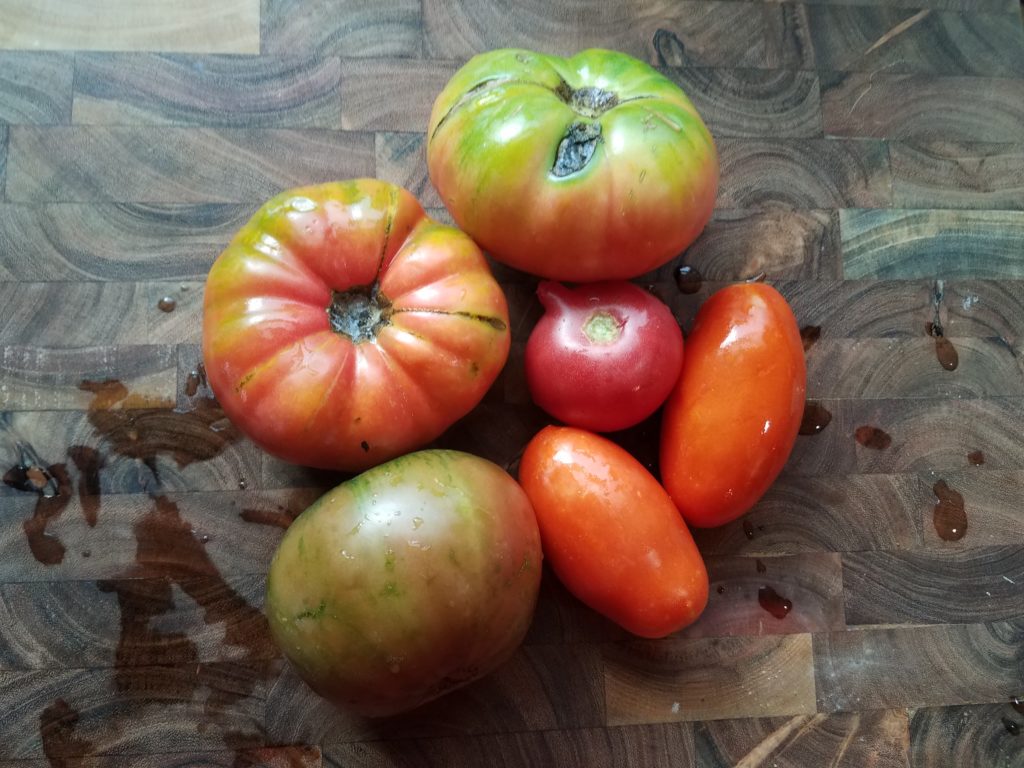
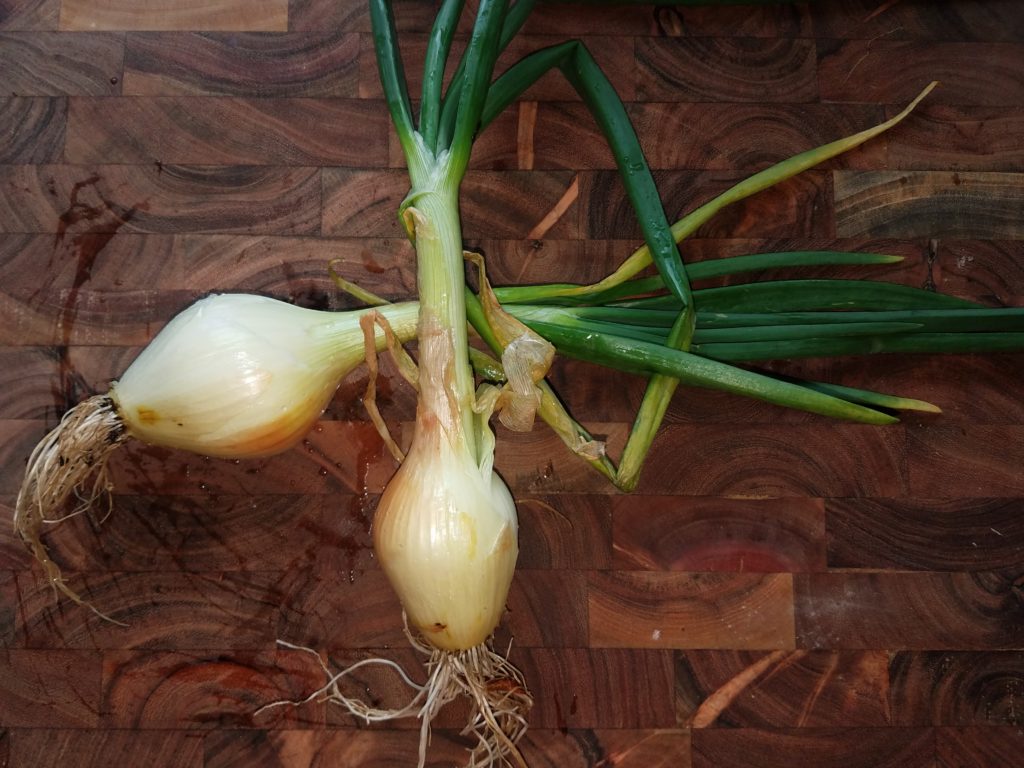
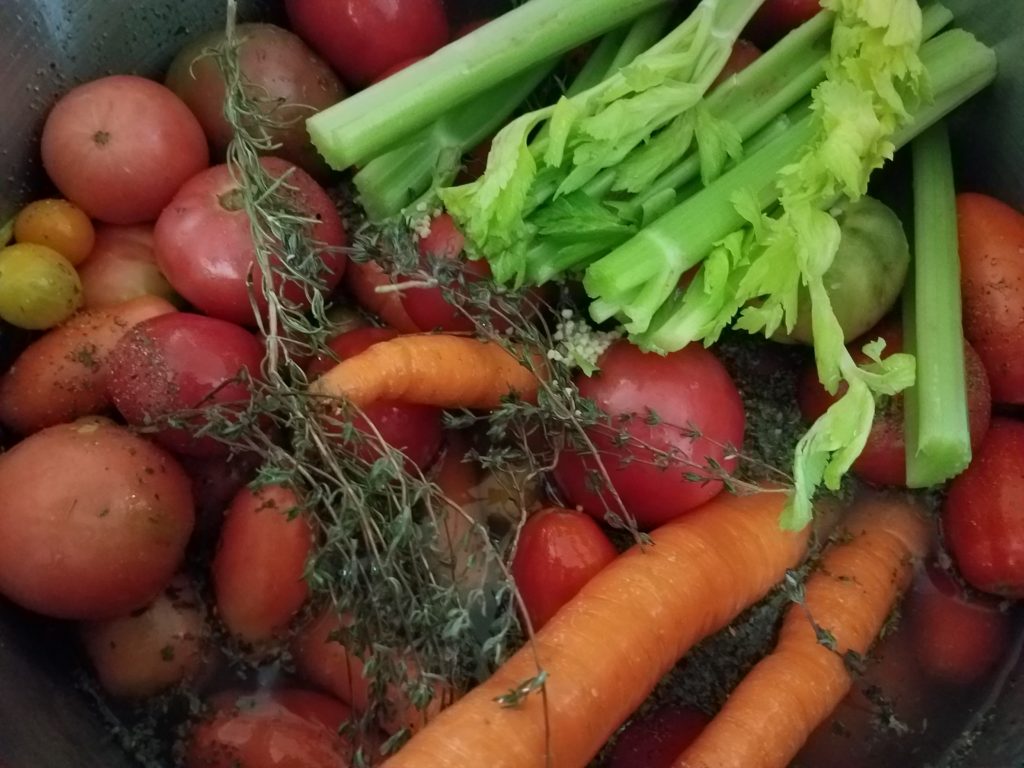
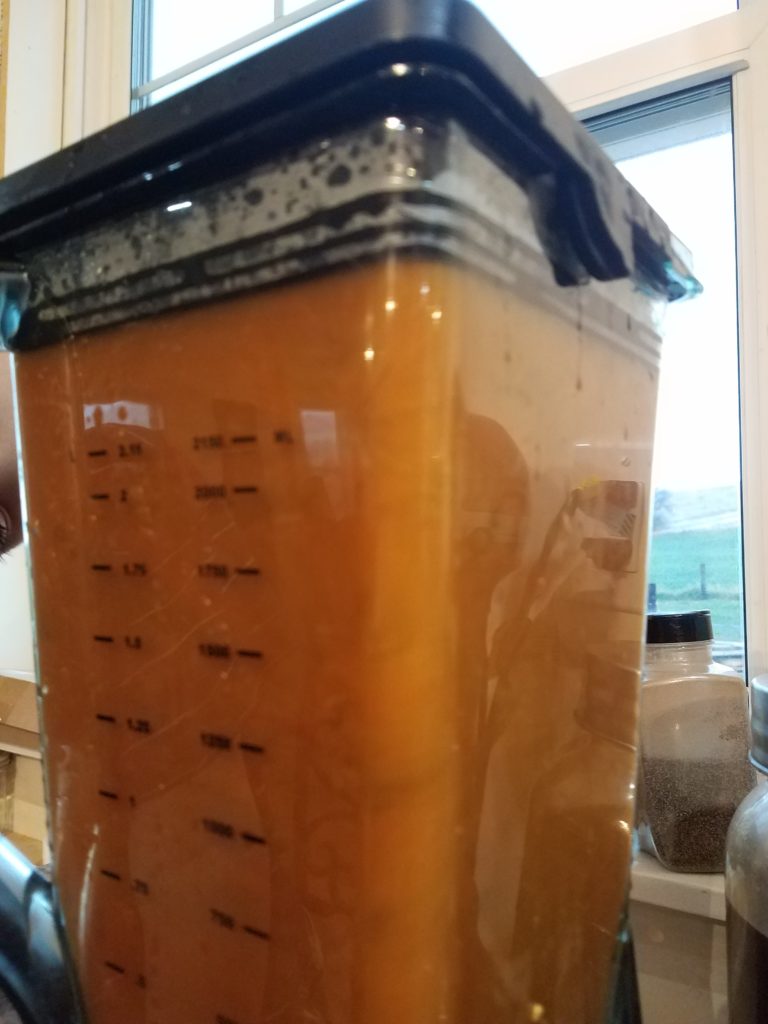
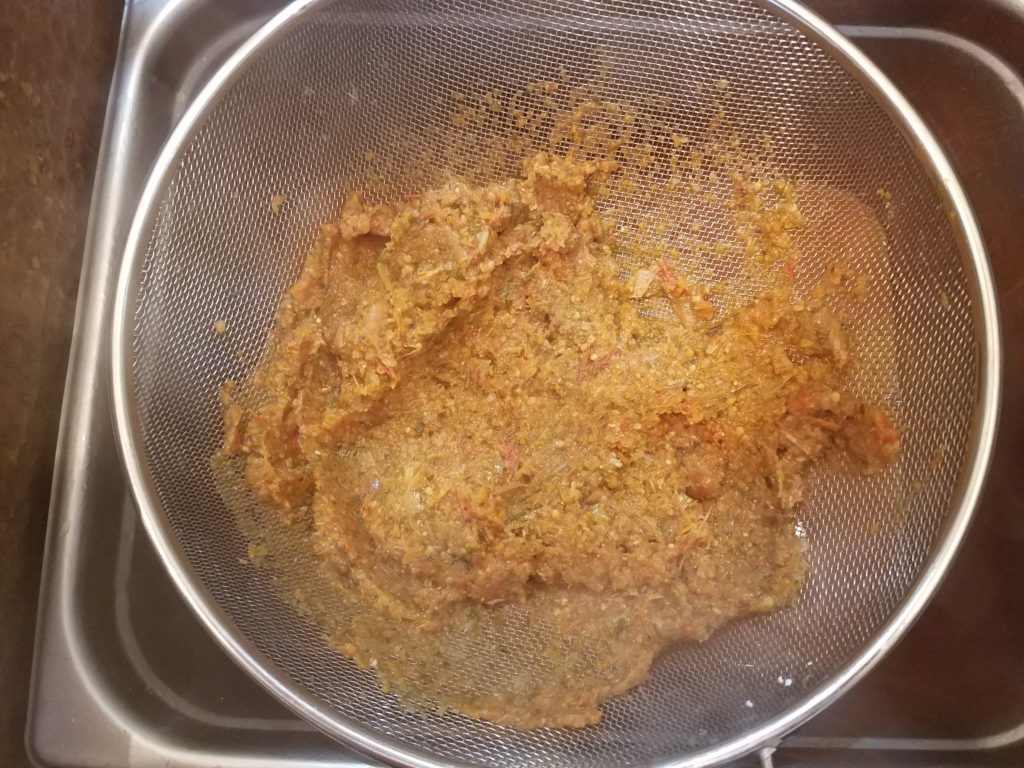
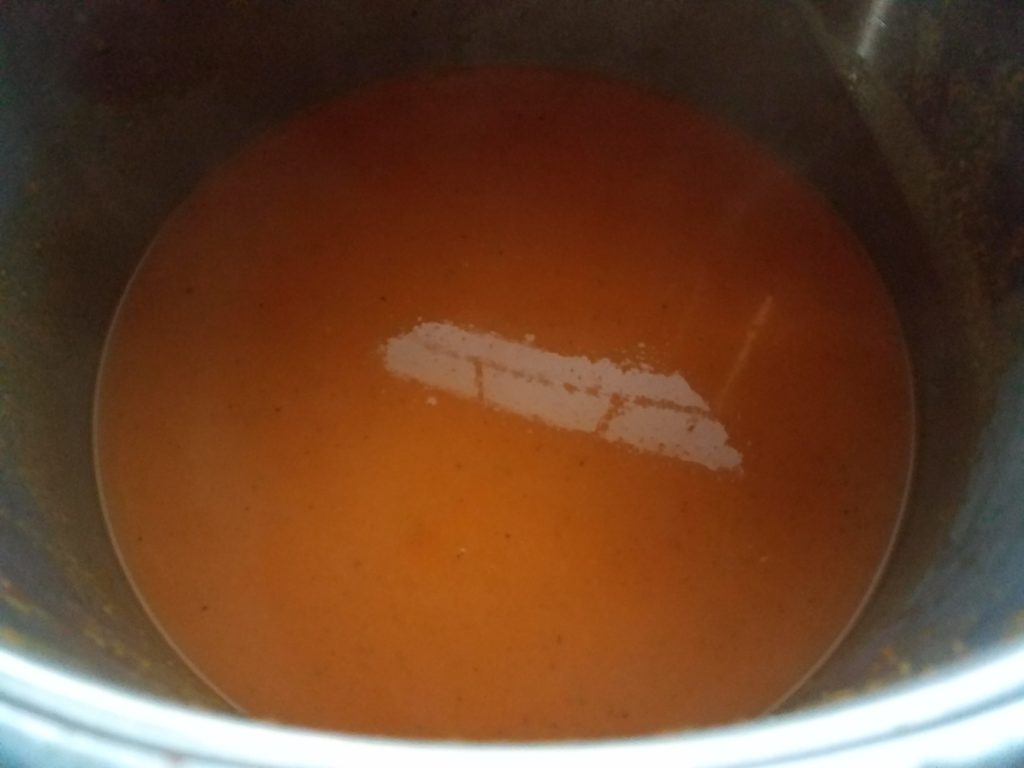
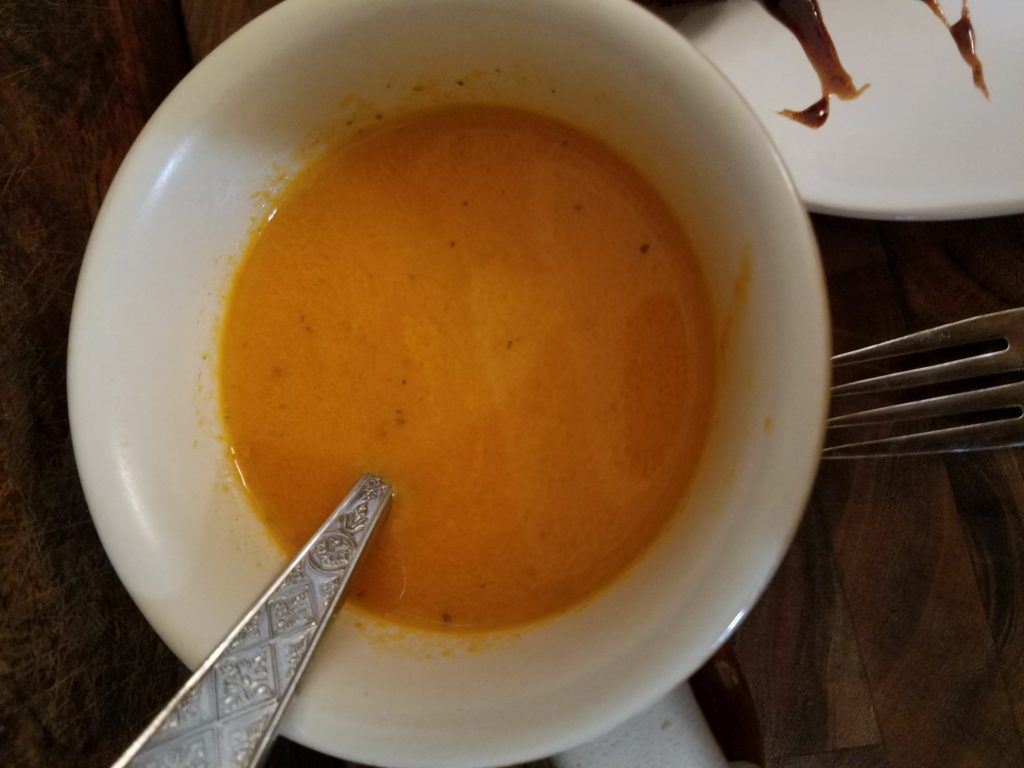
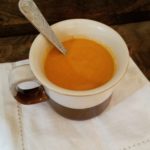
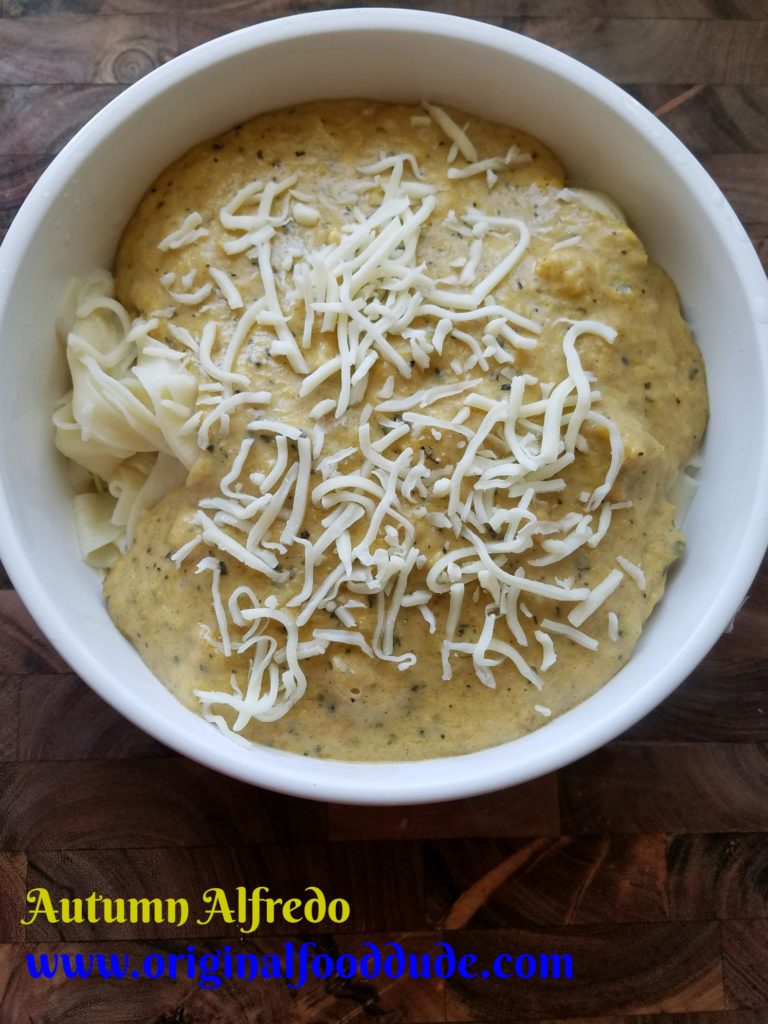
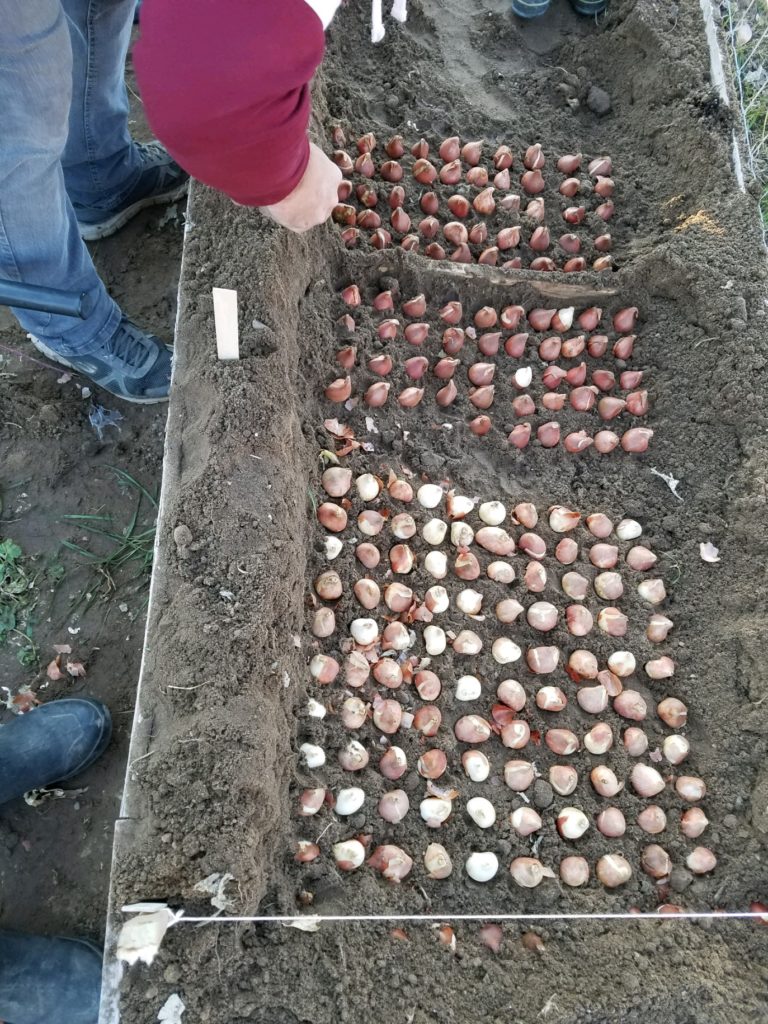
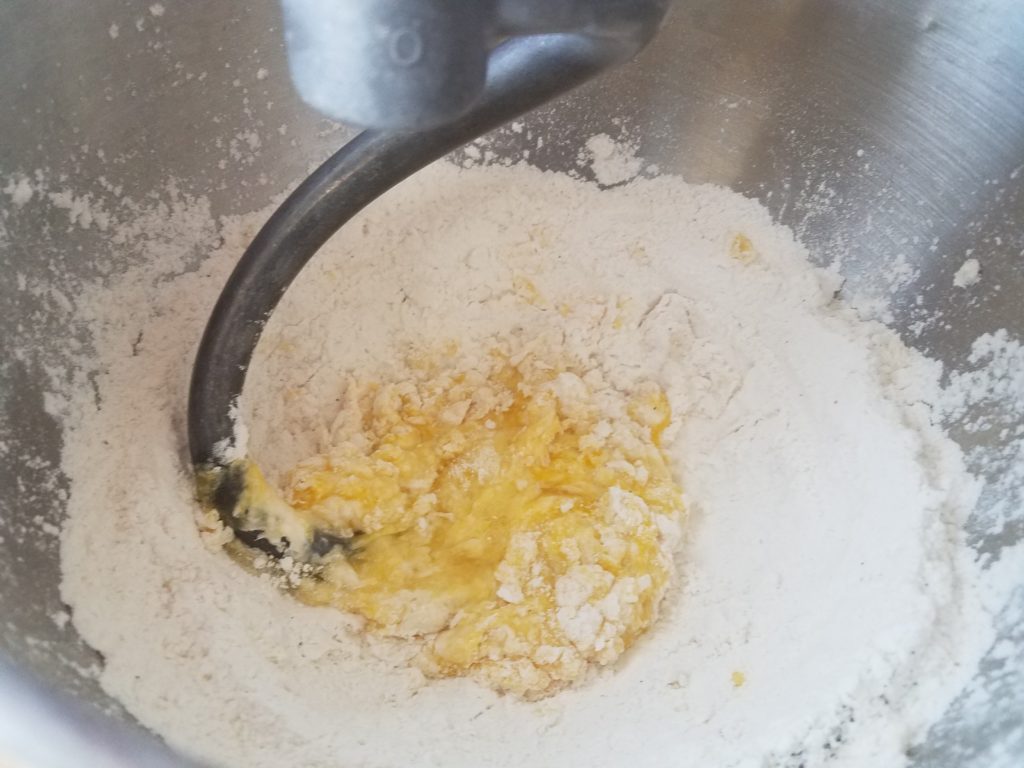
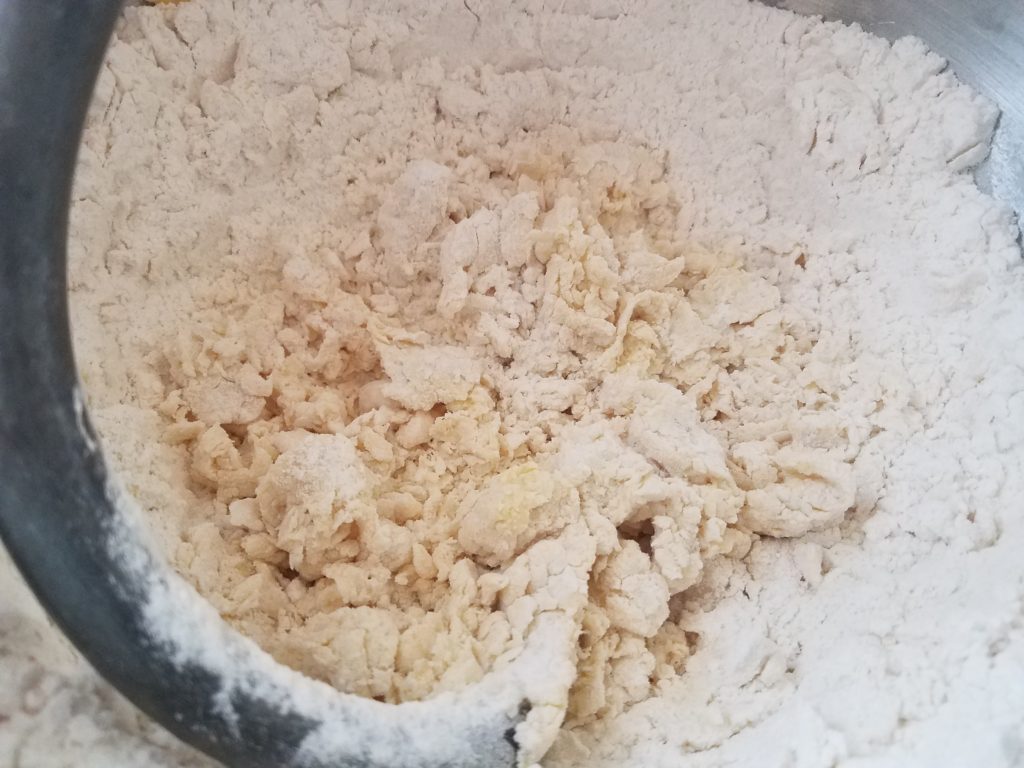
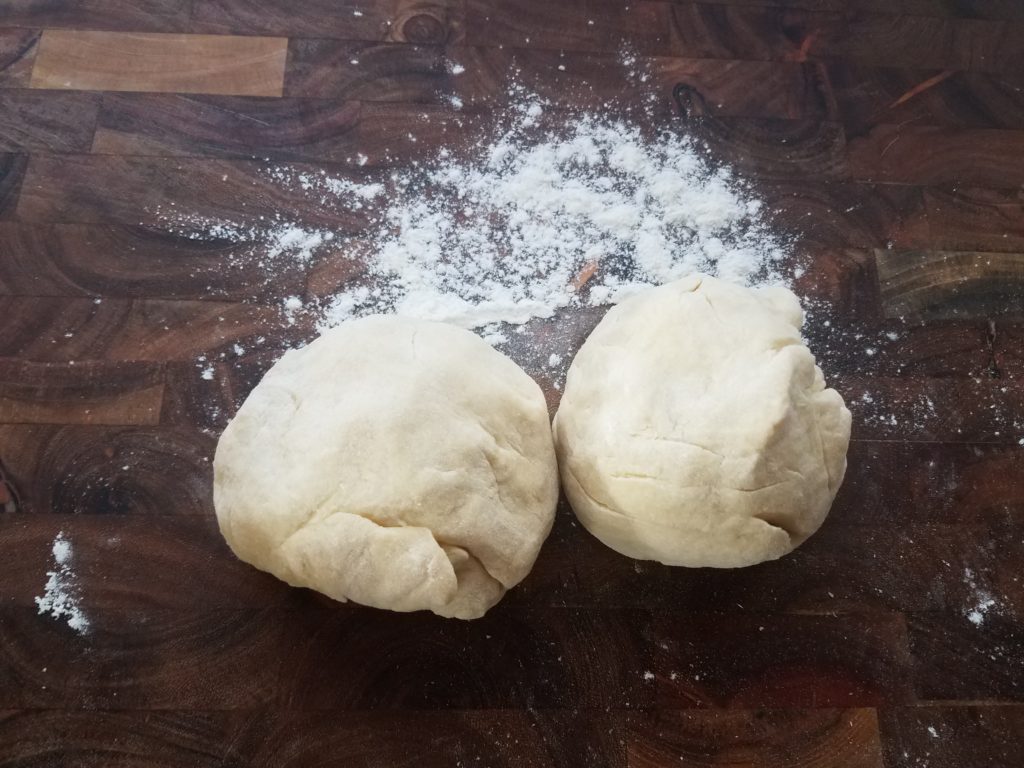
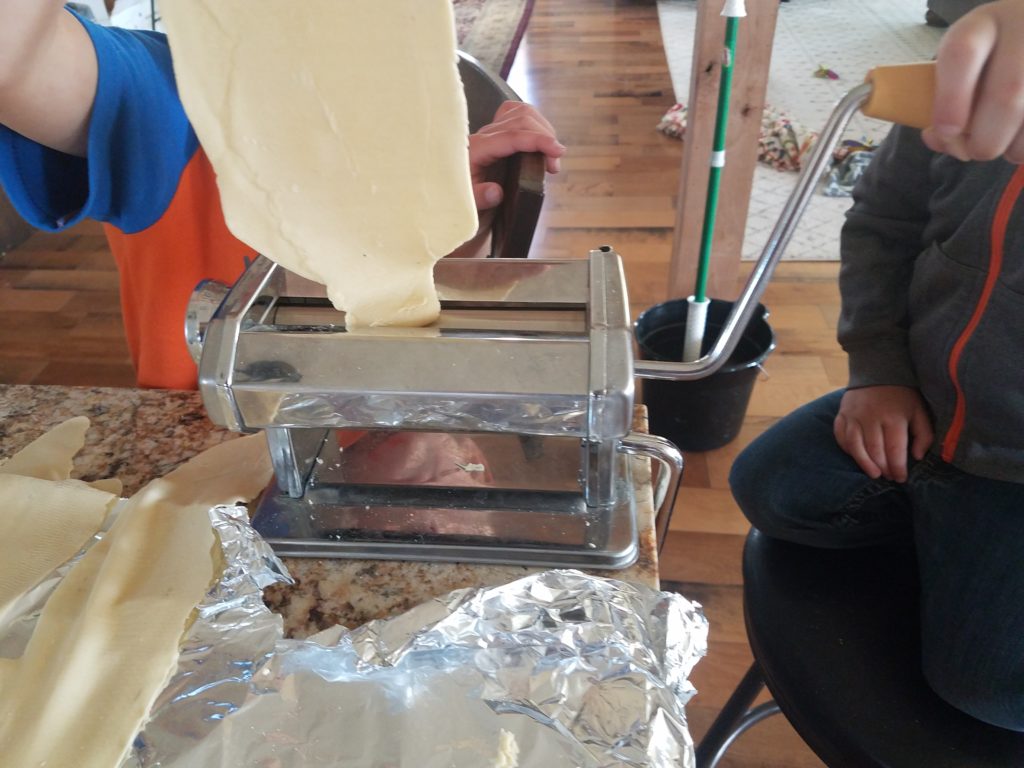
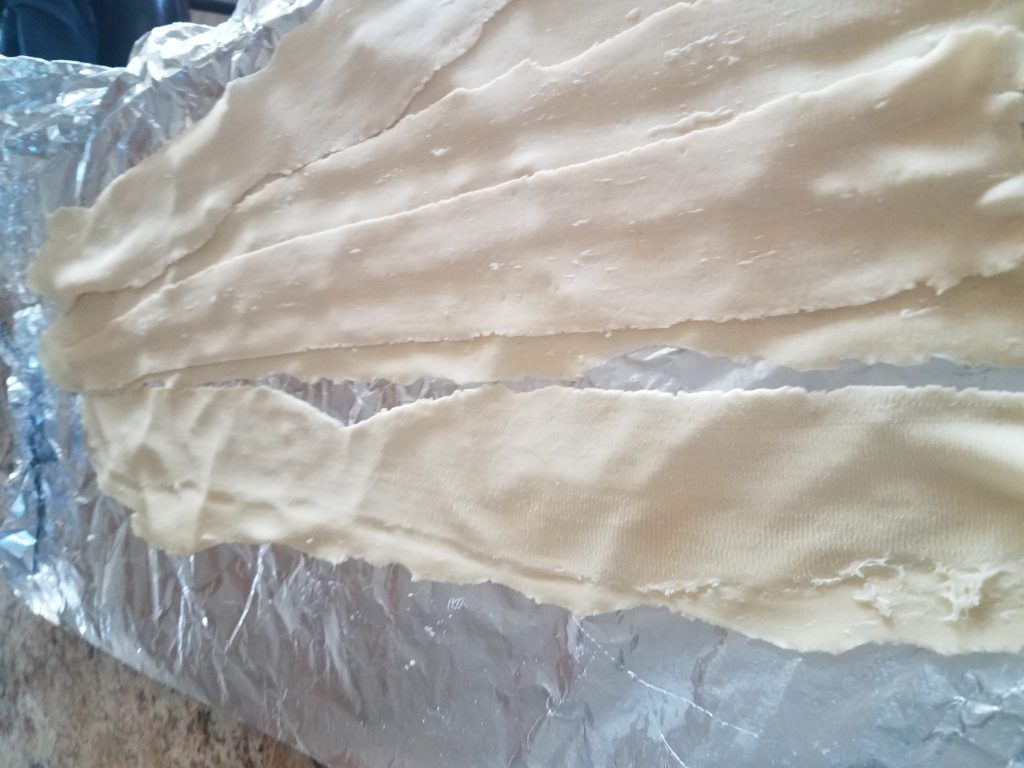
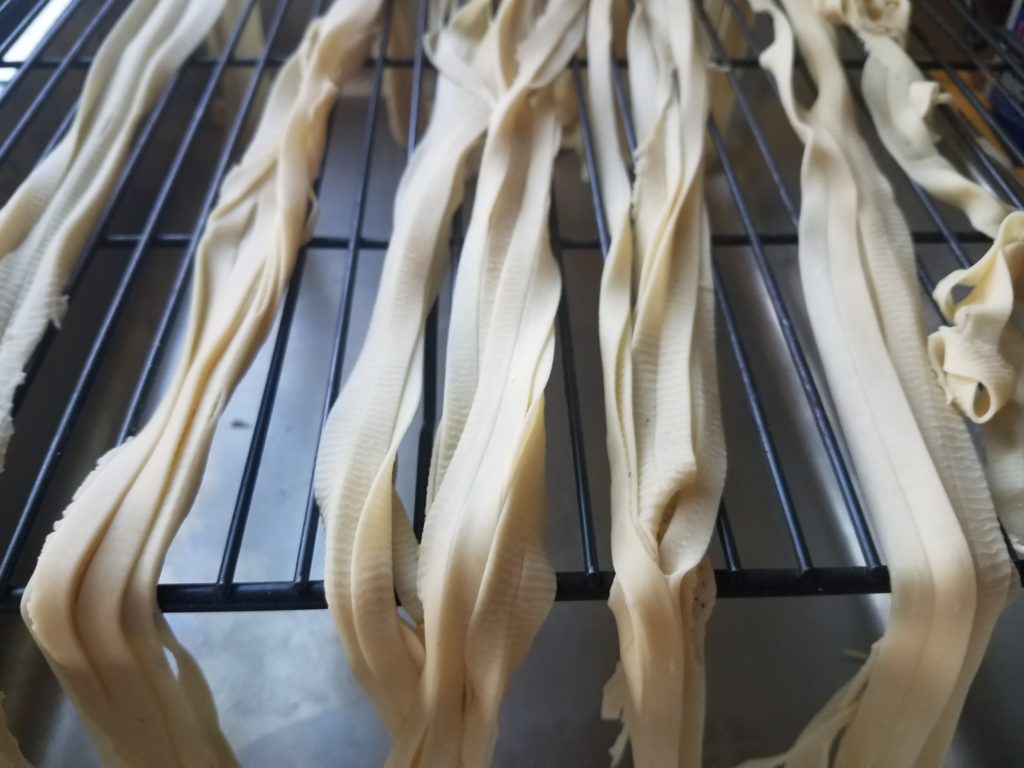
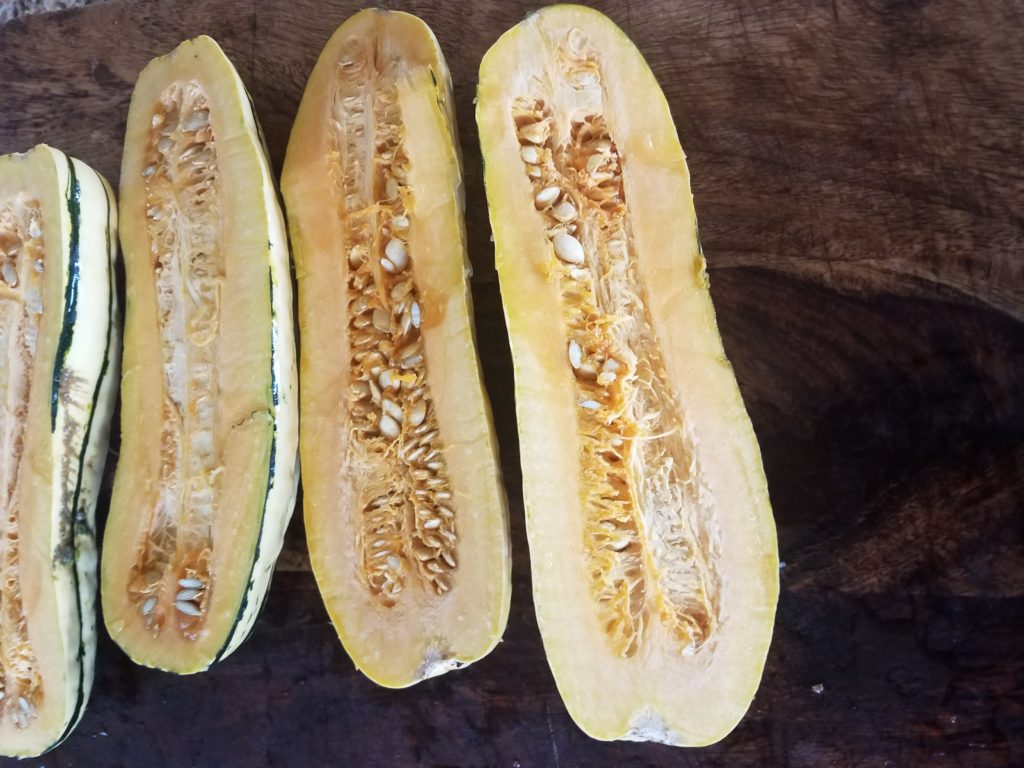
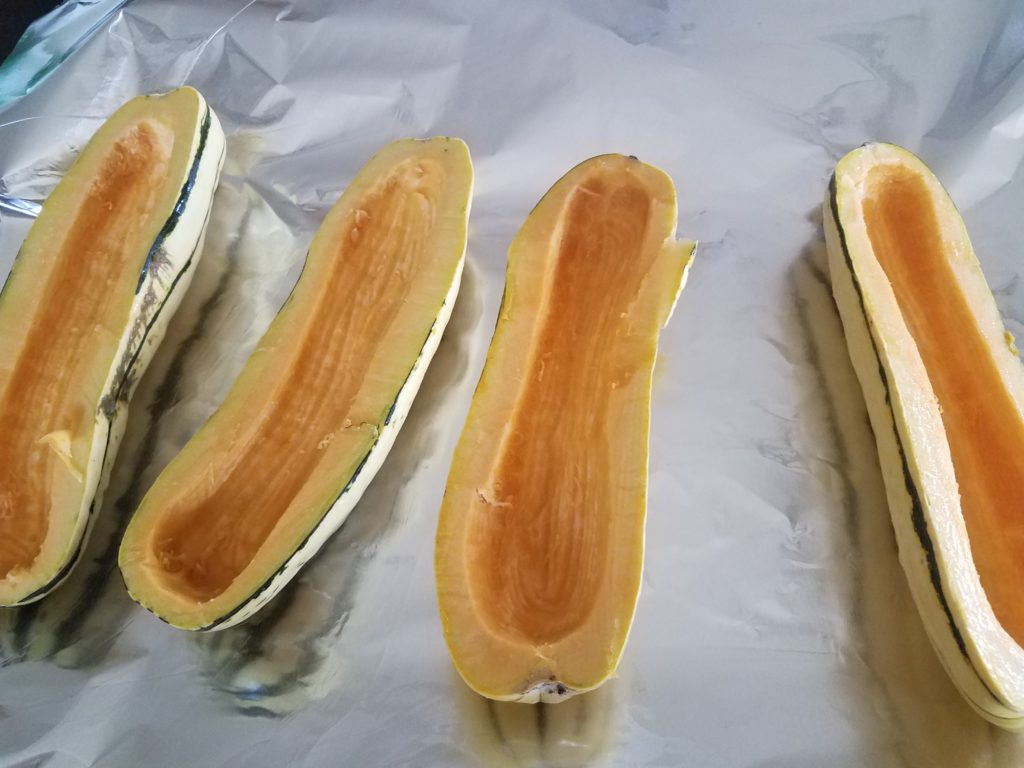
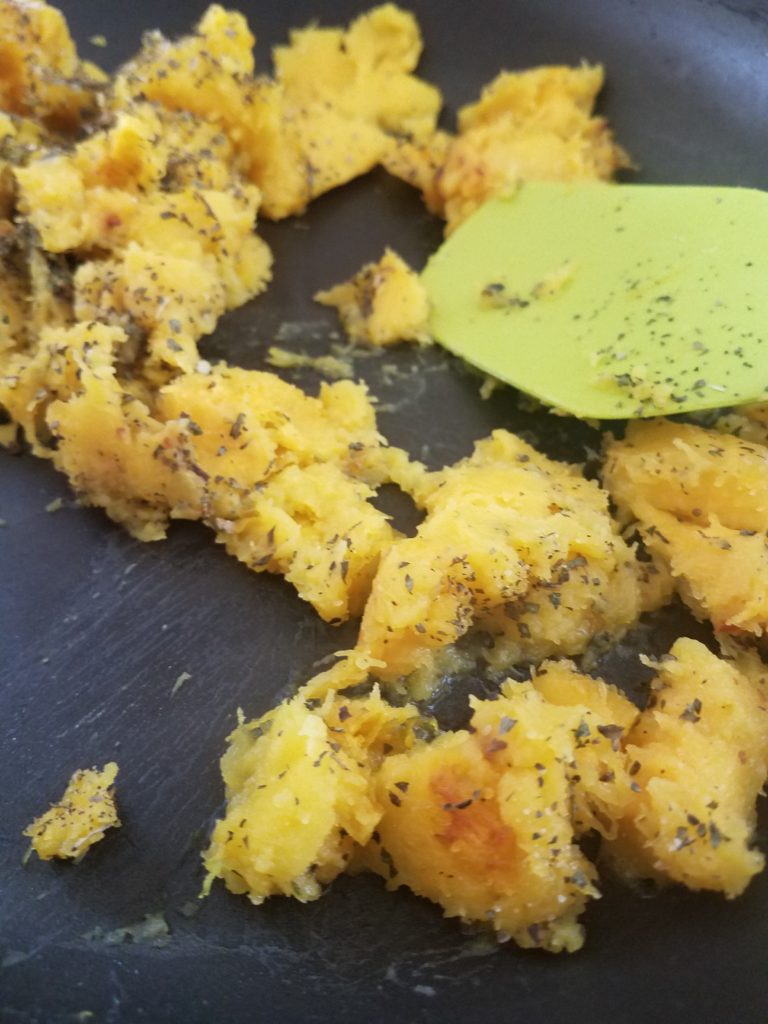
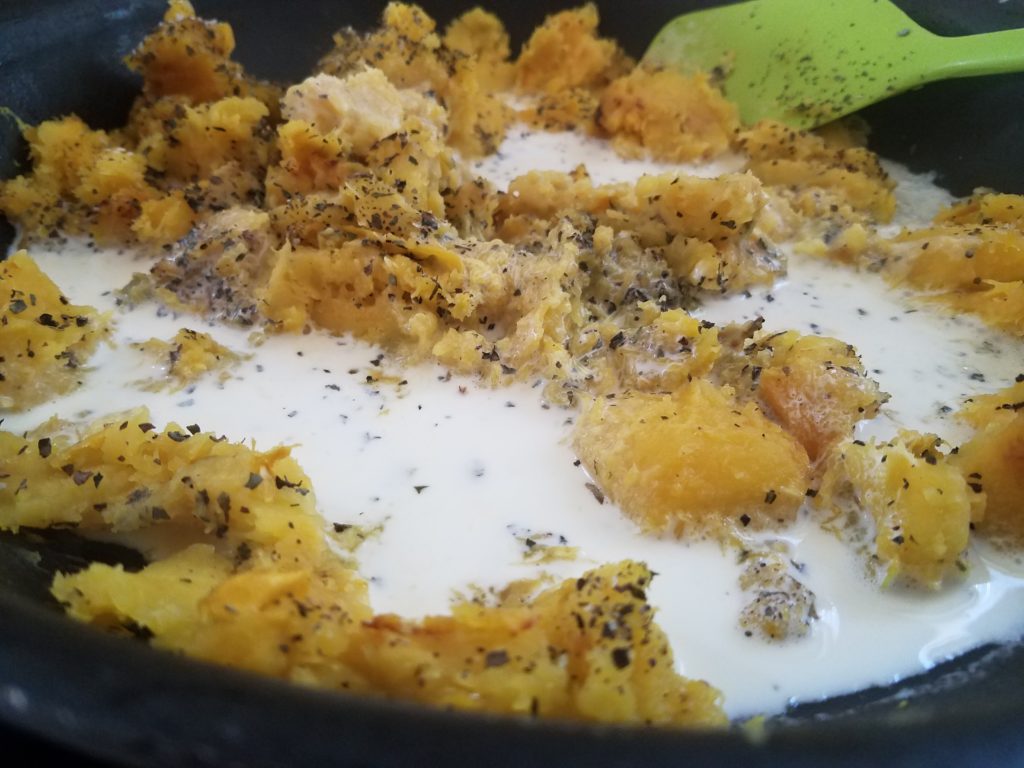
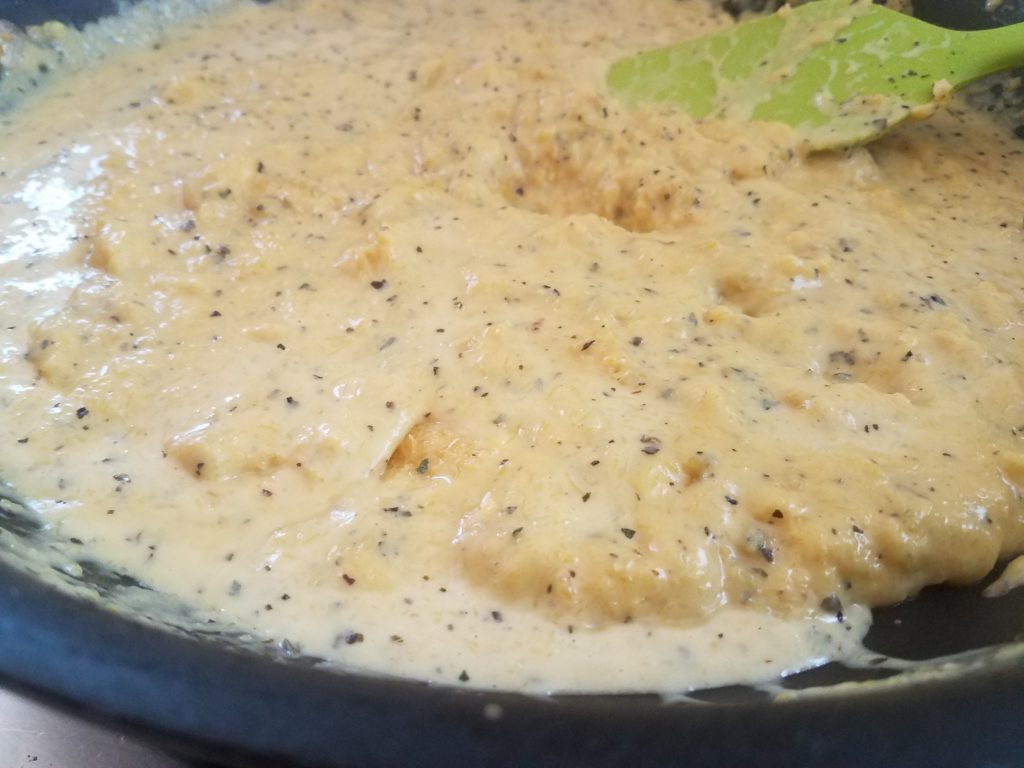
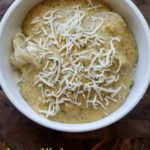
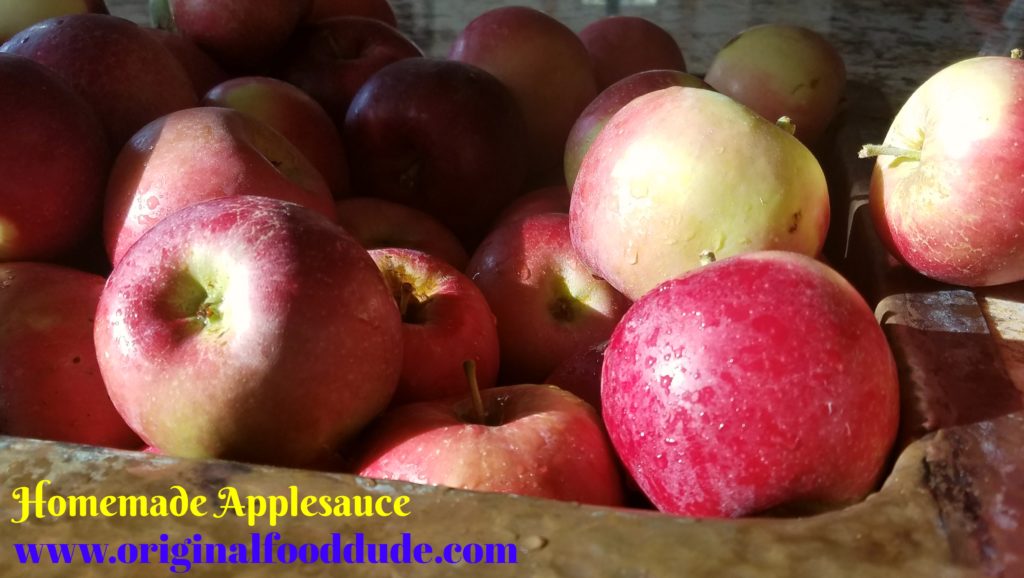
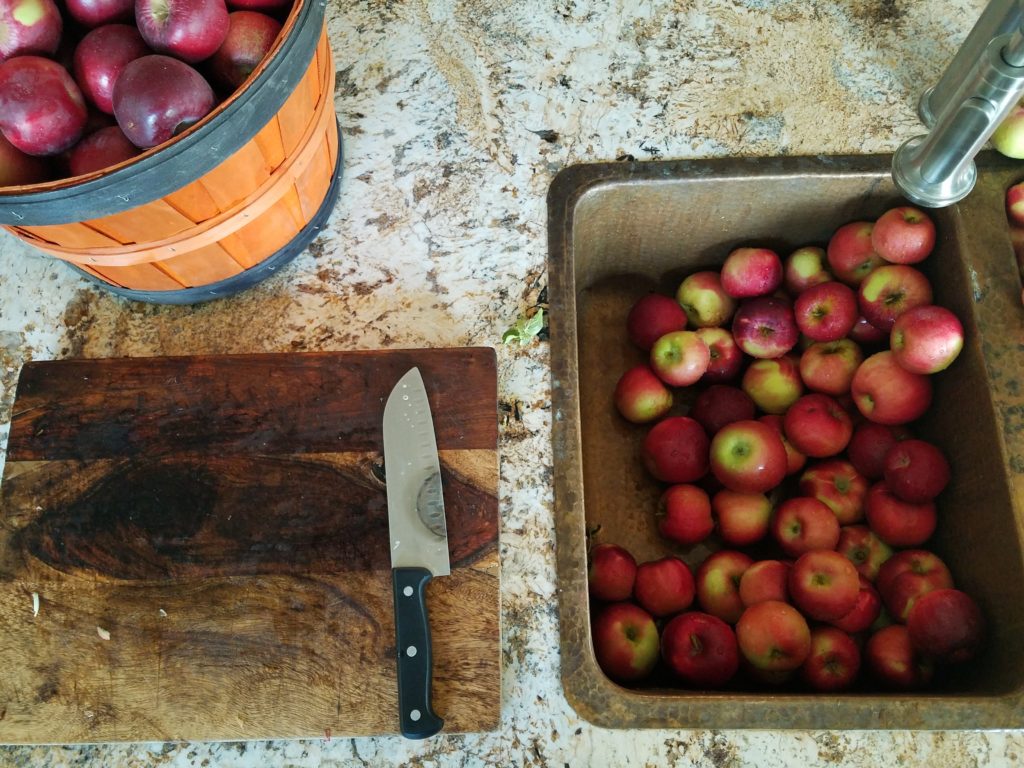
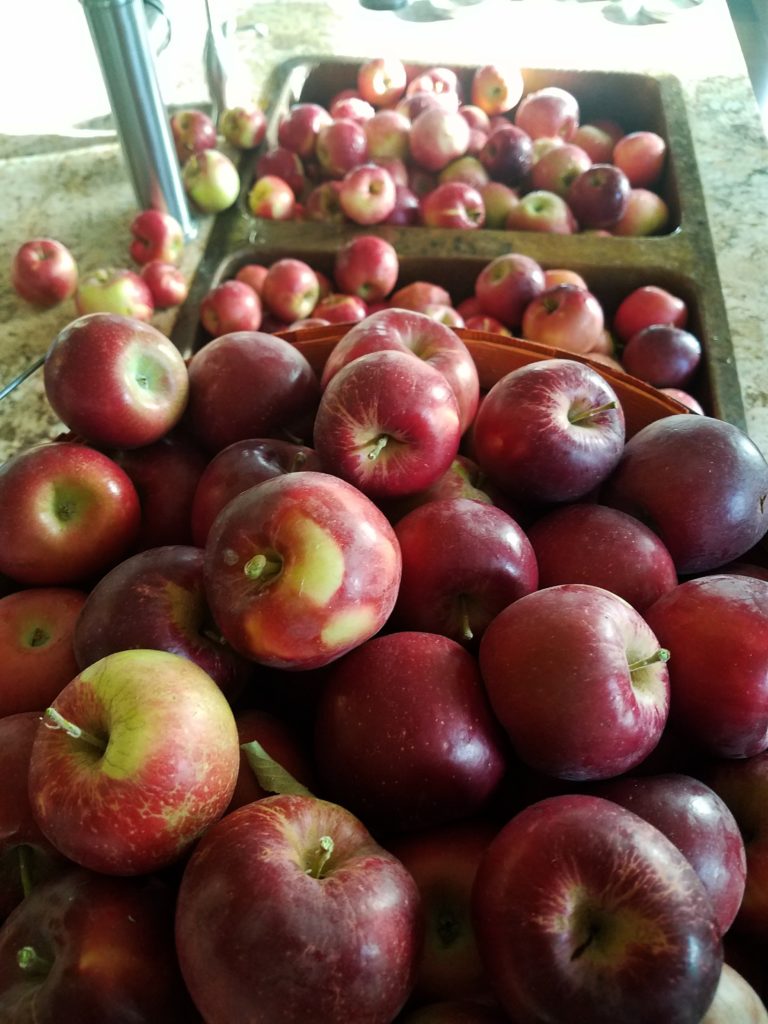
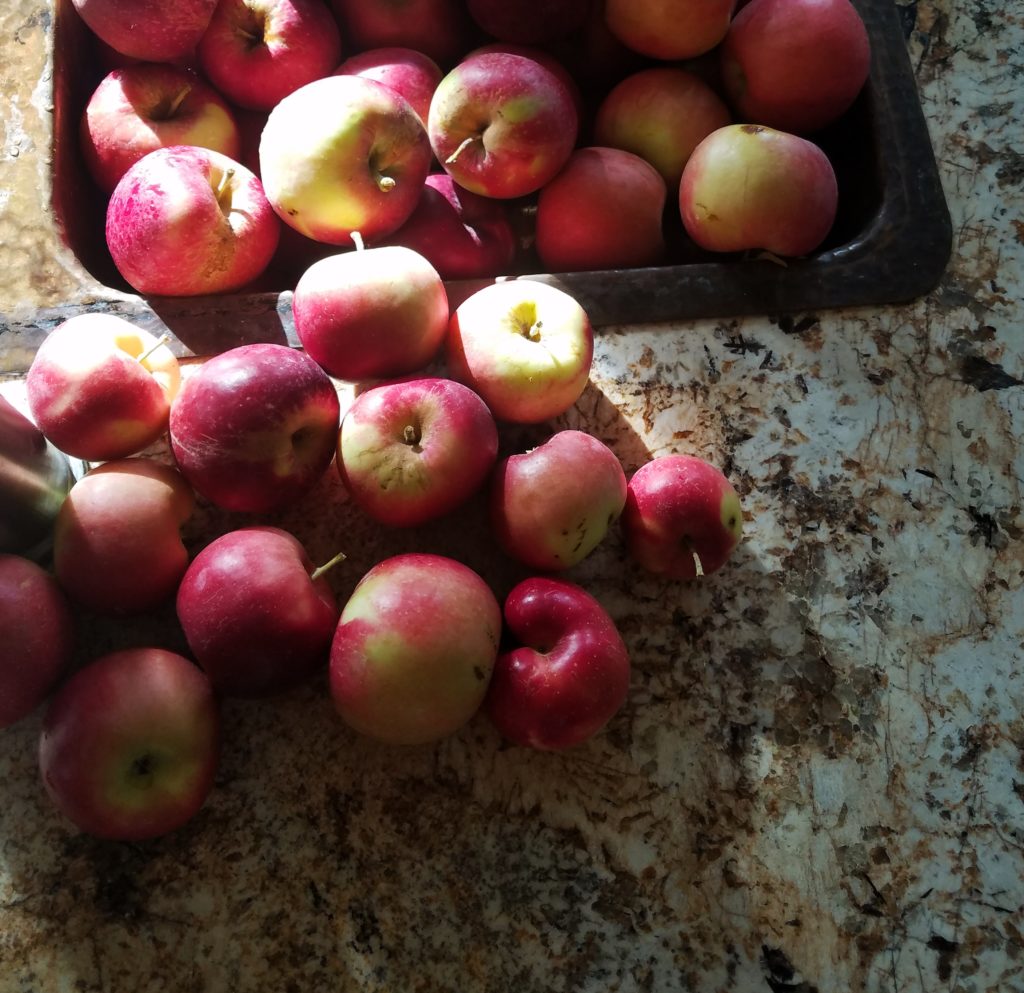
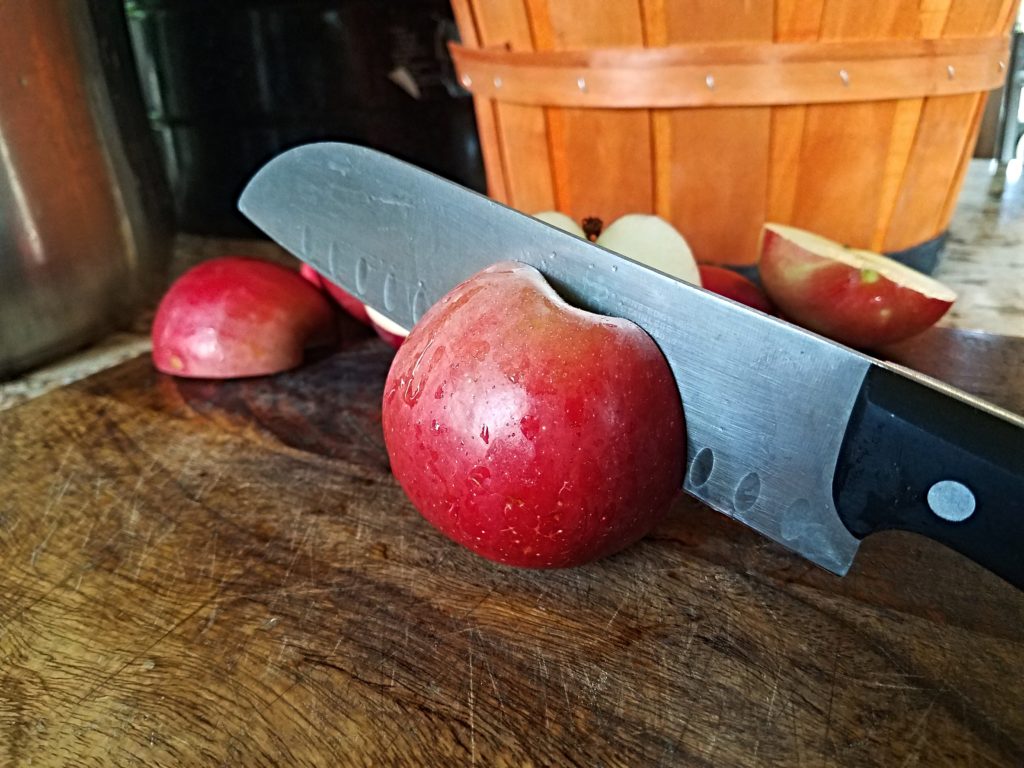
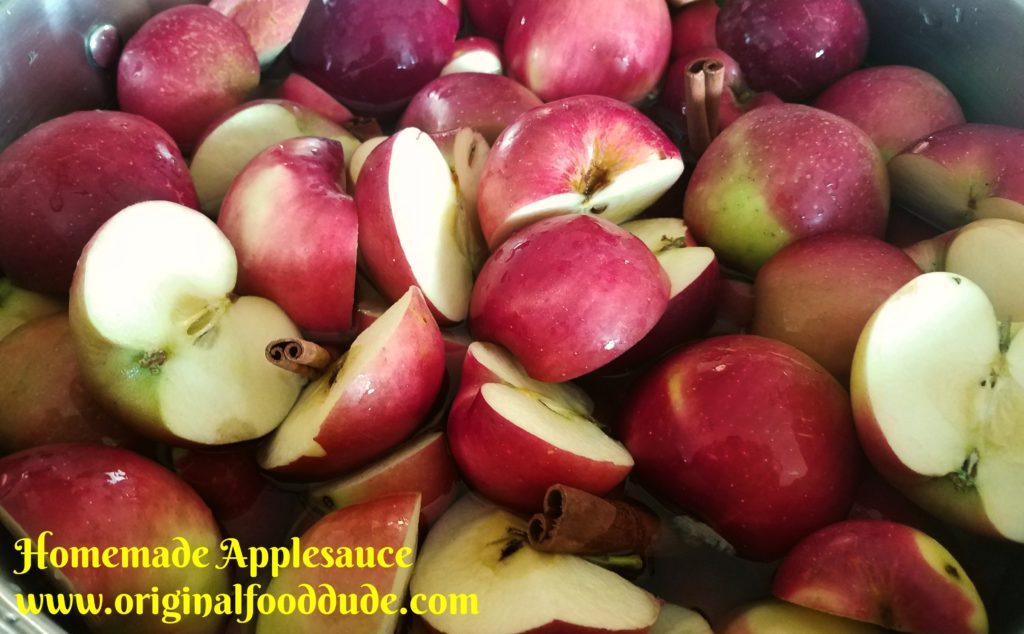
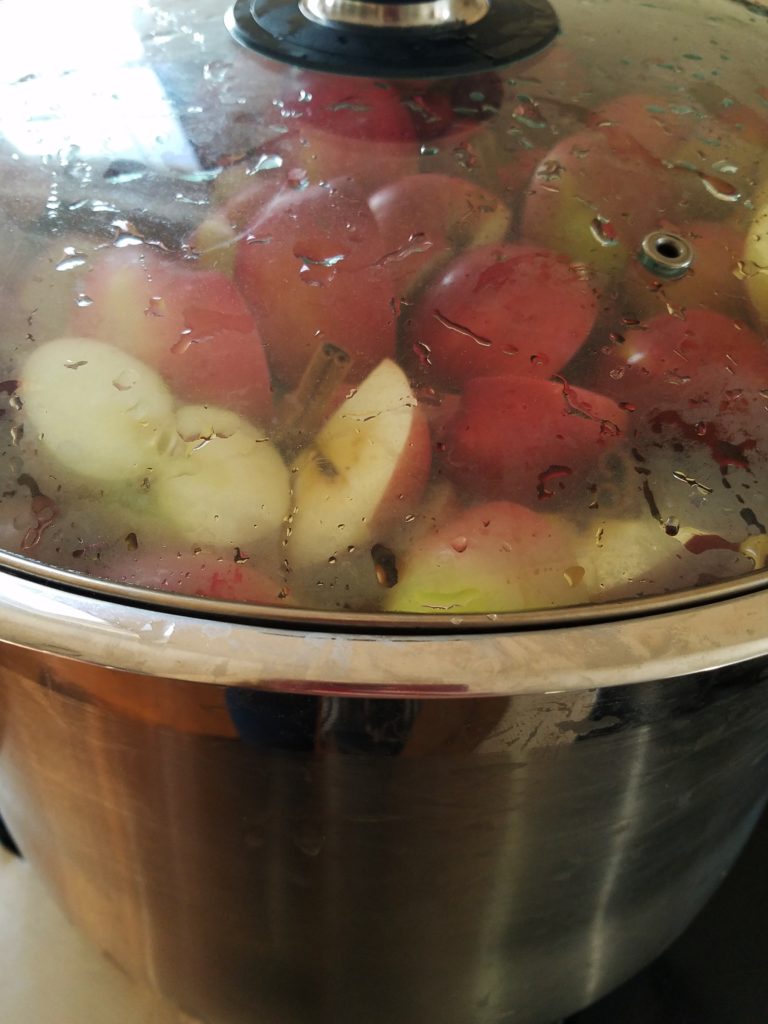
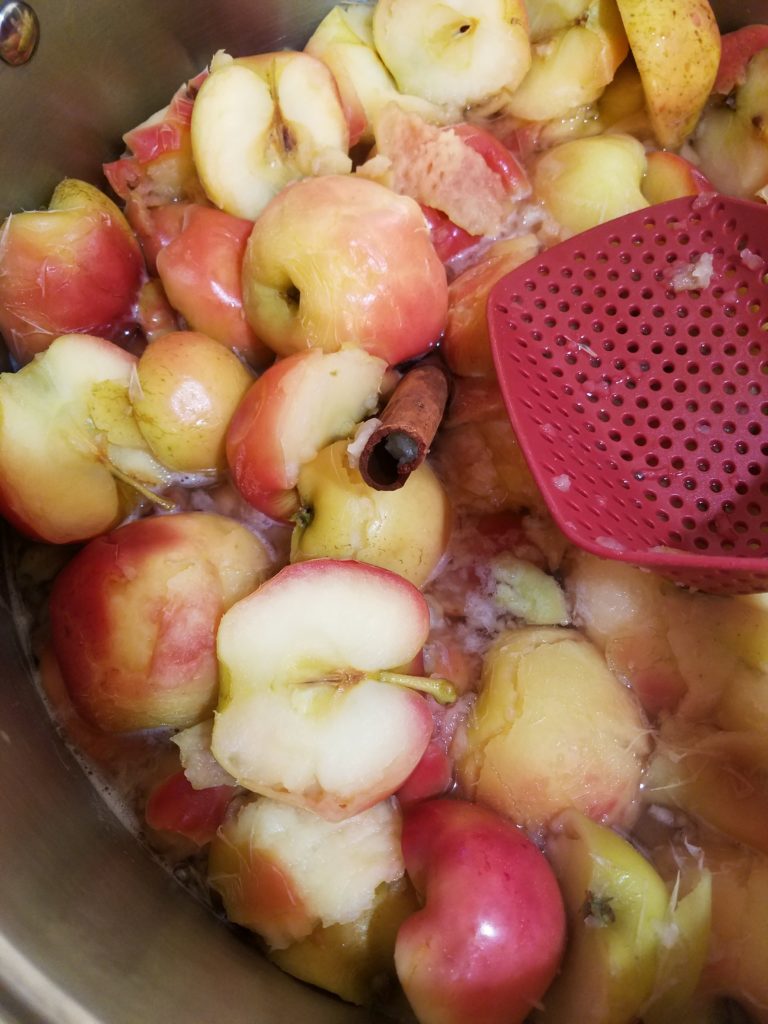
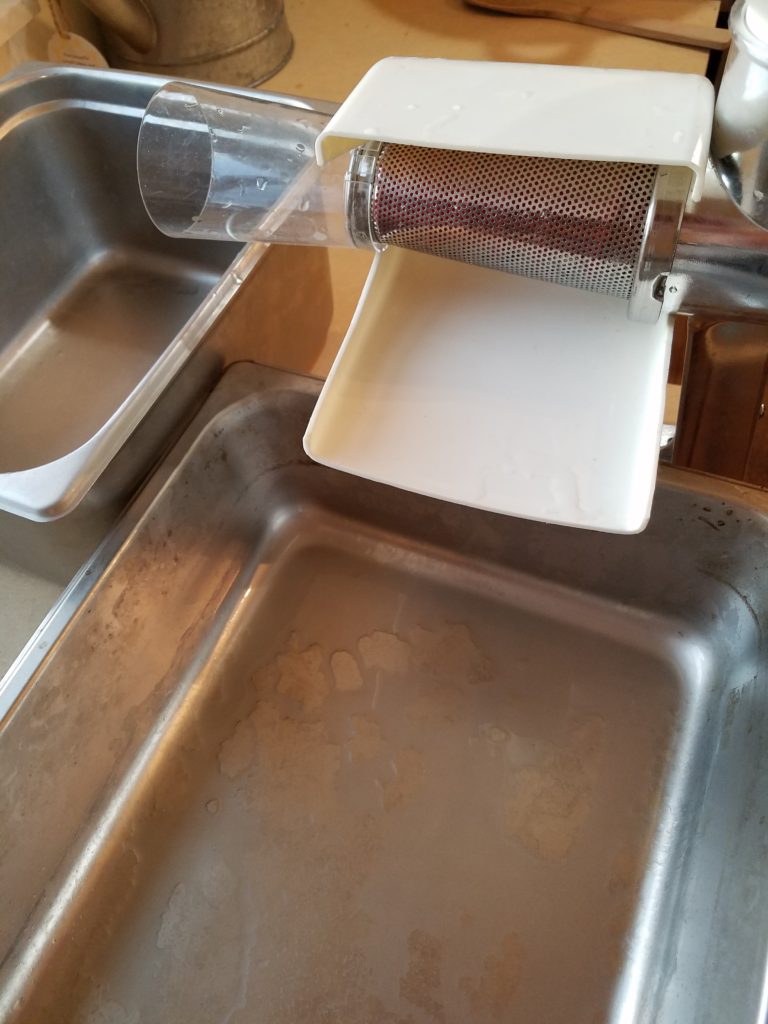
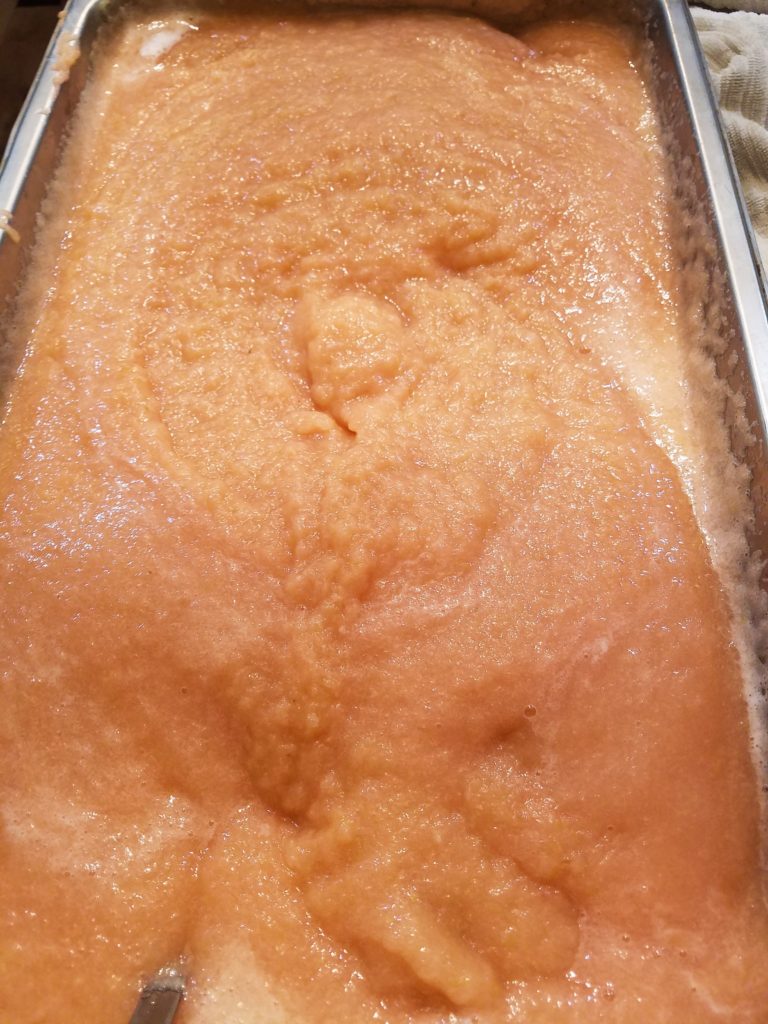
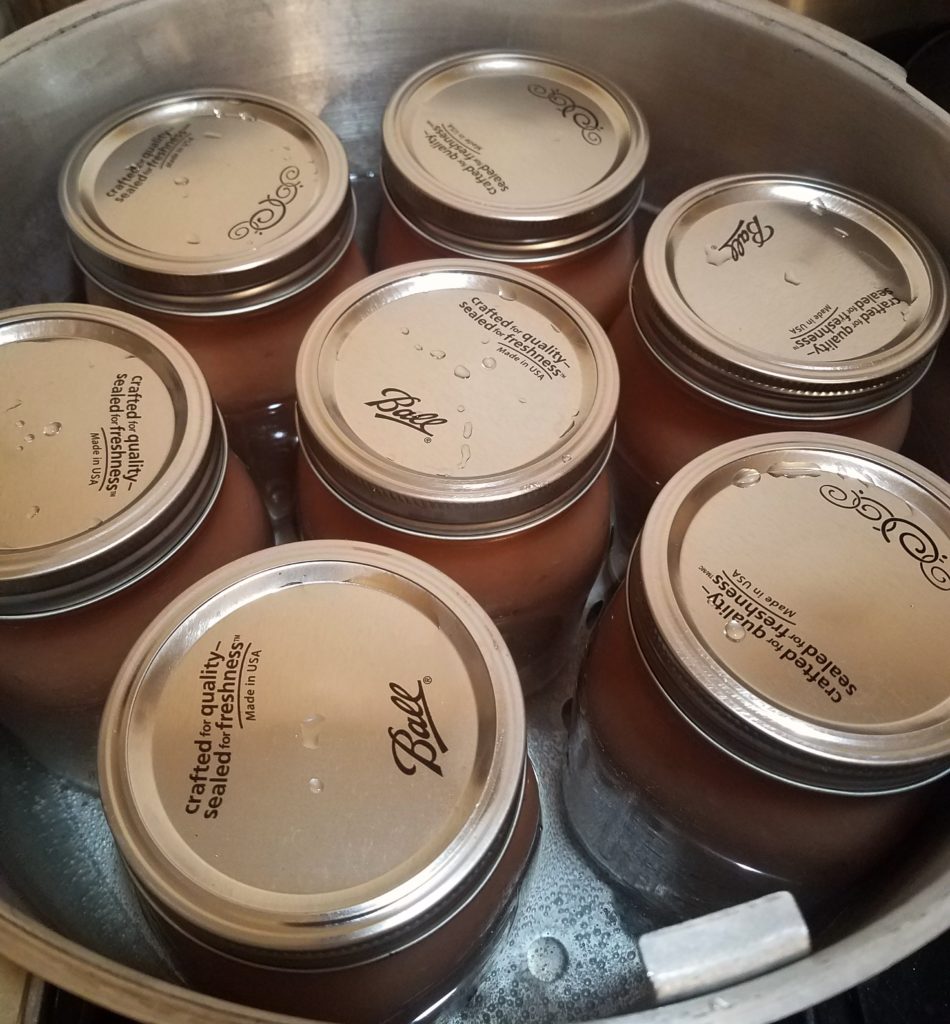
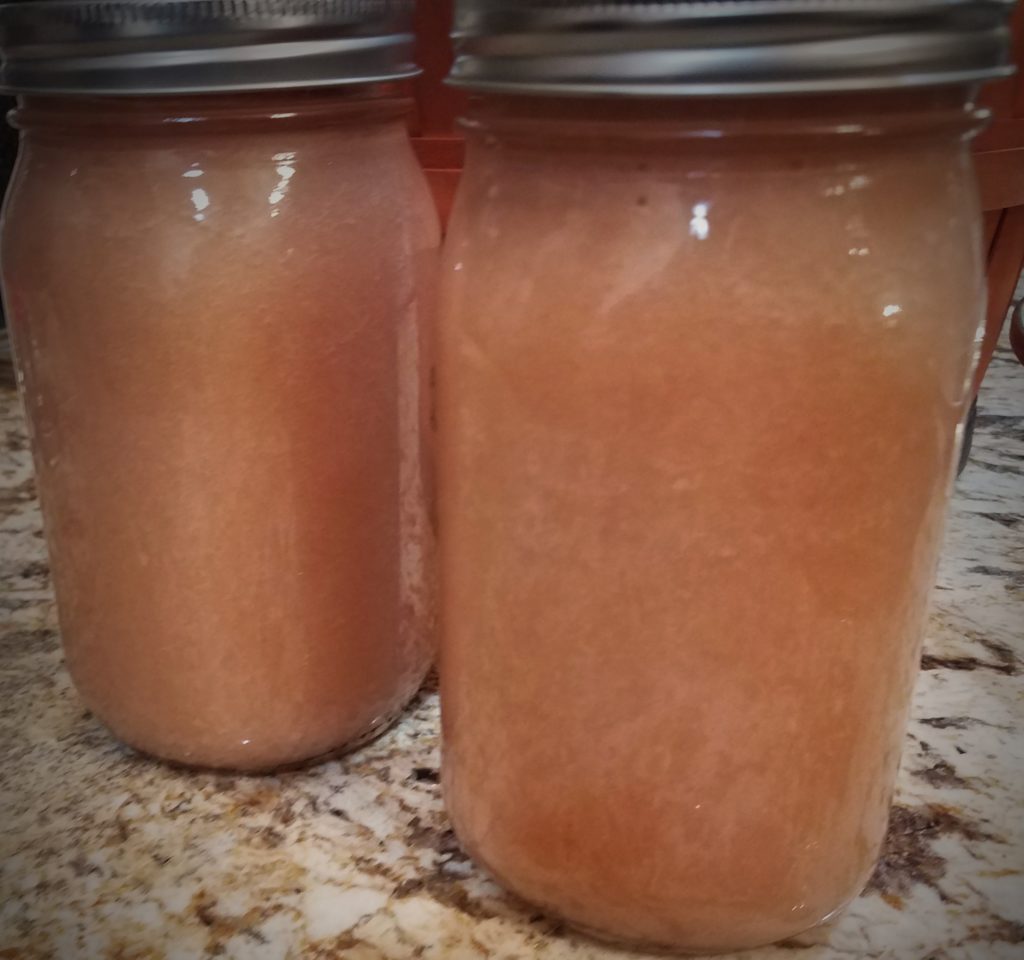




Comments